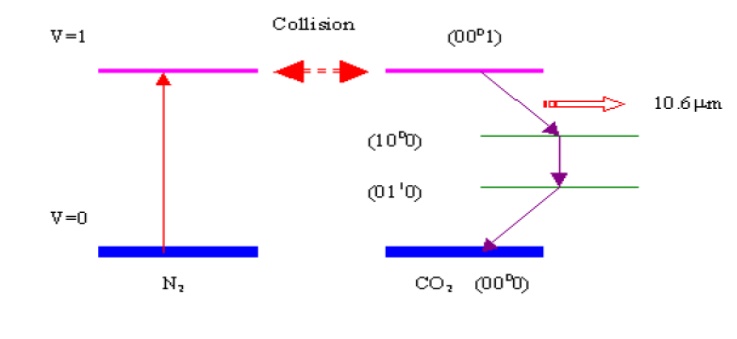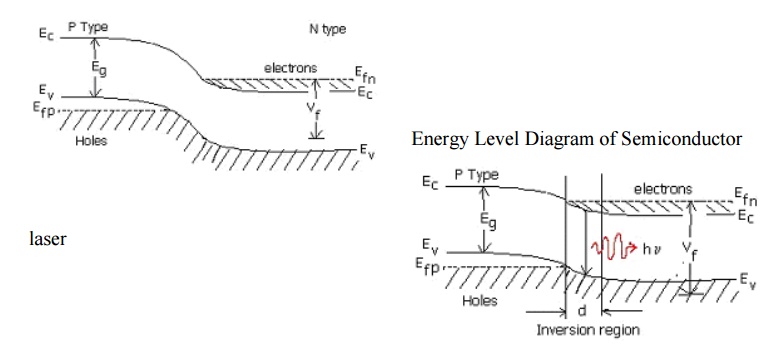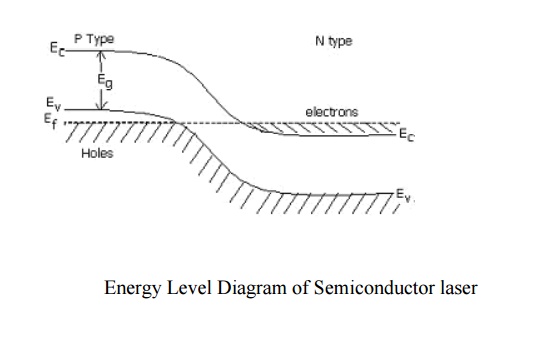Chapter: Fiber optics and Laser instruments : Laser Fundamentals
Lasers Types
Lasers Types
Lasers can be divided into gas lasers, solid state lasers and liquid lasers according to the active medium used.
1. Gas Lasers:
Gas Lasers can be further divided into neutral atom, ion and molecular lasers, whose
lasing mediums are neutral atoms, ions or gas molecules respectively.
1. Helium –neon Laser.
2. Carbon dioxide laser
1. Helium –neon Laser.
'Helium-neon (He-Ne) la-ser' is-a kind of neutral atom gas laser, the common wavelength of a He-Ne laser is 632.8 nm, it is tunable from infrared to various visible light frequencies. He and Ne are mixed according to certain percentage, pumping is by DC electrical discharge in the low pressure discharge tube. First He atom is excited. Because Ne atom has an energy level very near to an energy level of He, through kinetic interaction, energy is readily transferred from He to Ne, and Ne atom emit the desired laser light. The typical power of He-Ne laser is below 50 mW, it is mostly applied in holography, scanning, measurement, optical fiber communication, etc. It is the mostpopular visible light laser.

2. Carbon dioxide laser
'Carbon dioxide la-ser' is-a typical molecular gas laser, it emits laser light at a wavelength of 10.6 m m, its beam power ranges from several watts to 25 kW or even to 100 kW, so CO2 laser is mostly applied in laser machining, welding and surface treating. For this reason, let's investigate it in detail. The active medium of 'CO2 la-ser' is-a mixture of CO2, helium and nitrogen gases, the approximate constitute is CO2:N2:He::0.8:1:7. Pumping is realized by AC or DC electrical discharge. First most of the electrical discharge energy is absorbed by nitrogen gas, only a small part of the energy is Absorbed by CO2 molecules directly which raise them from ground state (000) to upper state (001). Large amounts of CO2 molecules collide with the nitrogen molecules and gain the excitation energy. Once excitation is successfully bring about, CO2 molecules at (001) state will give out energy and jump to lower energy state (100) or (020), thus giving out laser light at frequency 10.6m m or 9.6 m m respectively. The remaining decay from state (100) to (010), (020) to (010) or (010) to ground state (000) will dissipate energy in the form heat instead of light.

2. Solid Lasers
In solid state lasers, ions are suspended in crystalline matrix to generate laser light. Theions emit electrons when excited, the crystalline matrix spread the energy among the ions. The first solid state laser is ruby laser, but it is no longer used because of its low efficiency. Two common solid state lasers are Nd:YAG lasers and Nd:glass lasers, there structures are very similar. Both use krypton or xenon flash lamps for optical pumping.
For Nd:glass lasers, the glass rod has the advantage of growing into larger size than YAG crystals, but the low thermal conductivity of glass limits the pulse repetition rate of Nd:glass laser. So Nd:glass lasers are used in applications which require high pulse energies and low pulse repetition rates. It is suitable for hole piercing and deep keyhole welding operations.
YAG crystal has a higher thermal conductivity than glass, so the thermal dissipation inNd:YAG laser cavity can be improved, operation power can be up to several hundred watts in continuous mode, and high pulse rates (50kHz) can be reached. YAG is a complex crystal of Yttrium-Aluminium-Garnet with chemical composition of Y3Al5O12, it is transparent and colorless. About 1% Nd3+ ions are doped into the YAG crystal, the crystal color then changed to a light blue color. The wavelength of Nd:YAG laser is 1.06m m.Solid state lasers are mostly applied in laser machining.
3. Liquid Lasers
Liquid Lasers use large organic dye molecules as the active lasing medium. These laserscan lase in a wide frequency range, i.e. they are frequency tunable. The spectral range of dyes covers infrared, visible and ultraviolet light. Pumping is by another pulsed/continuous laser, or by pulsed lamp. These lasers are used in spectroscopic investigation and photochemical experiments.
4. Semi-conductor Laser s


Related Topics